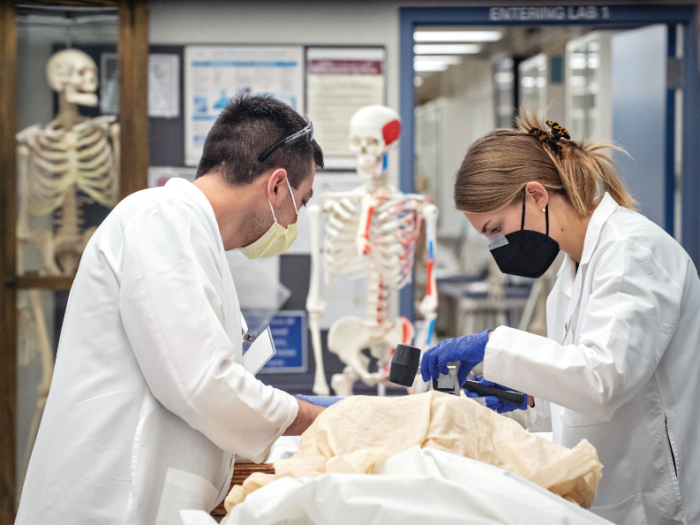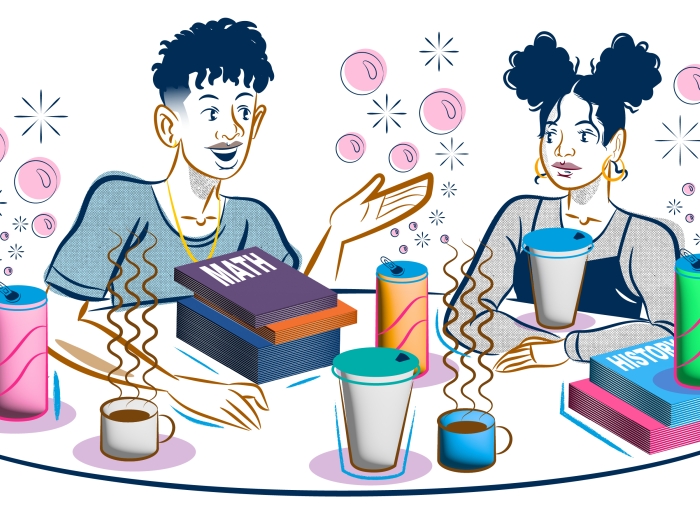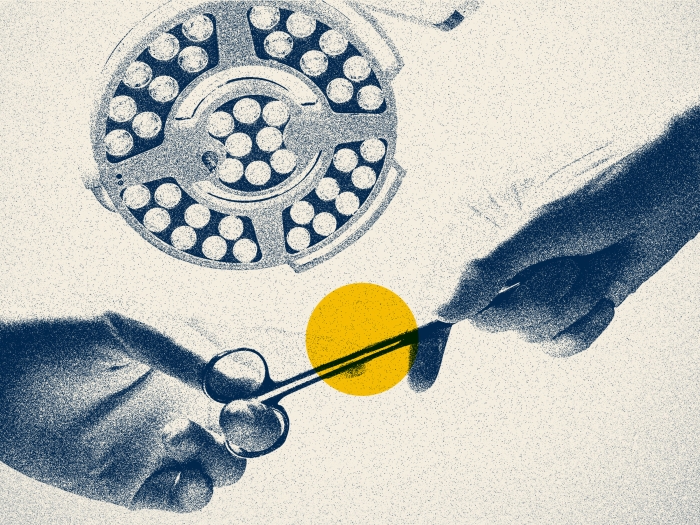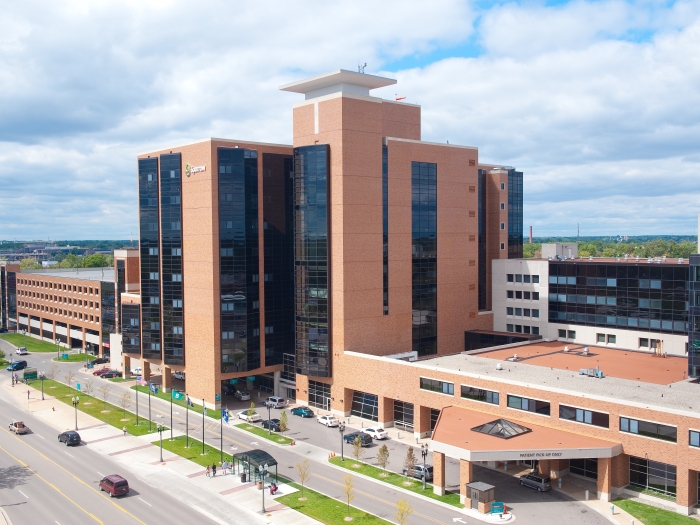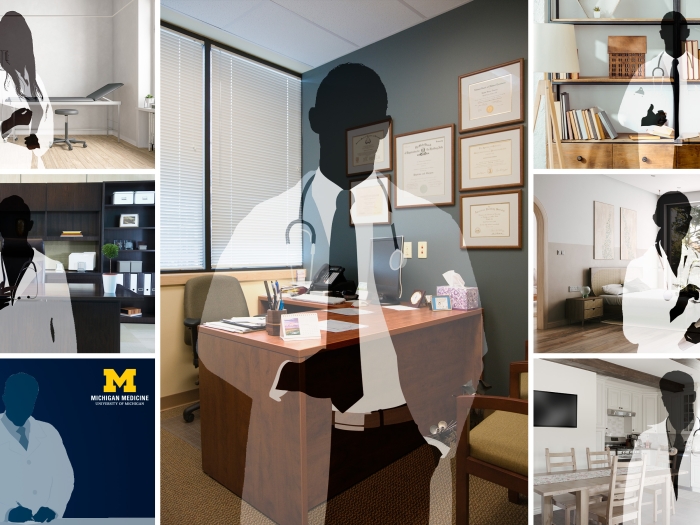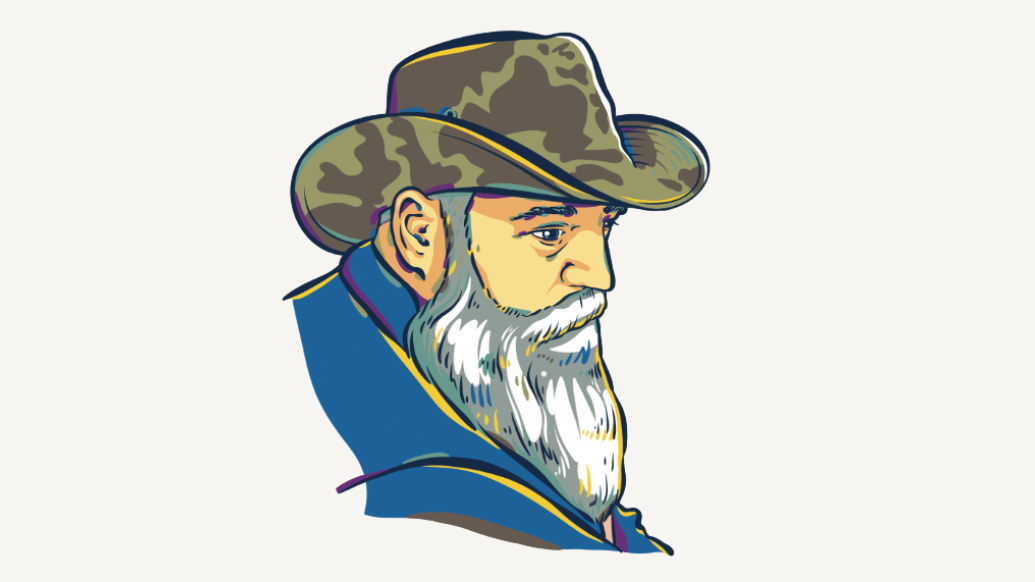
Michael “Skip” Gattyan loved people. He could talk to anybody — and he did, chatting with everyone from nurses to grocery store cashiers. He also loved to help people. If his condo neighbors had a problem, they called him.
“He could do just about anything,” says his wife, Lynda McGlothlin. “We’ve been here 20 years, and I never had to call a repairman.”
Skip loved to make people laugh, too.
“He was a jokester,” says his father, Joseph Gattyan. “He and his wife gave me a 2,000-piece puzzle. All birds with an all white background. He’s still tormenting me,” Joseph says, with affection.
“Always teasing, always helping,” Lynda says.
After Skip received a left ventricular assist device (LVAD) at Michigan Medicine, he decided he wanted to donate his body to the Medical School.
“He couldn’t give enough accolades to U-M,” Joseph says.
Skip was put on the transplant list, and a few years later, a heart became available. Even as he lay on the operating table, getting prepped for surgery, he joked with the health care providers that if anything went wrong, they better put his heart back in. He didn’t want to be known, after death, as “heartless.”
Skip recovered from surgery and lived a couple more years before passing away on November 24, 2022, at age 59. He has since become part of the Anatomical Donations Program at U-M, an important part of the education of medical students.
“When Michael is done teaching the class, that’s when he will be cremated.” That’s what Lynda recalls hearing from Jalynn Lassic, who is funeral director, embalmer, and program coordinator for the Anatomical Donations Program. Part of Lassic’s job is to help families whose loved ones want to donate their bodies to the Medical School.
“[Donating the whole body] is just as altruistic as donating an organ,” Lassic says. Her mother is the recipient of a donated kidney, so Lassic knows the stakes. She says both kinds of donations are important and are like two sides of the same coin. She believes whole body donations also have the power to save lives.
“The next great transplant surgeon could be training in one of our anatomy labs.”
Skip and other donors will be honored this summer at an annual memorial service where students can pay their respects to the donors who have given them such an important learning opportunity.
It’s a privilege for us to be in the lab with these donors,” says first-year medical student Kelly Beharry. “The more we dissect and the more pathologies we uncover, the more we get a story of what this person’s life was. That’s a really gratifying experience, to learn more about a person through what their body is telling us.”
Being an anatomical donor was one of Skip’s dreams, but not everyone is a candidate for anatomical donation. There are height and weight guidelines for ease of moving the donor.
“[Some] infectious disease rules you out, as well as trauma to the body,” Lassic says. There are also restrictions against donation if an autopsy needs to be performed, or if a body is unattended for a long period of time and has decomposed too much. But some rules fluctuate based on the institution.
“If we can’t accept a donor into the program, we can direct them to other programs. Recently, a gentleman was too tall for the equipment at Michigan State University, but we could take him here. I’ve also referred some donations to Wayne State University. We’re not competing,” Lassic says.
Lynda was thrilled when Lassic told her that Skip had been accepted into the U-M Anatomical Donations Program. There are not enough anatomical donations to meet current need, so Skip’s gift is especially important now.
“I knew that’s what he really wanted,” Lynda says.
